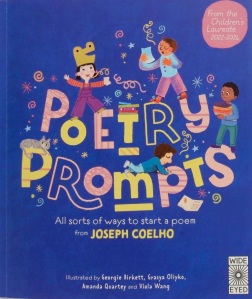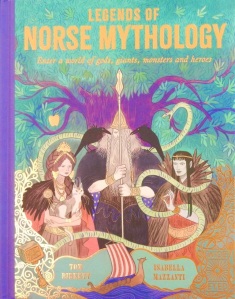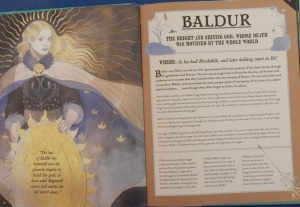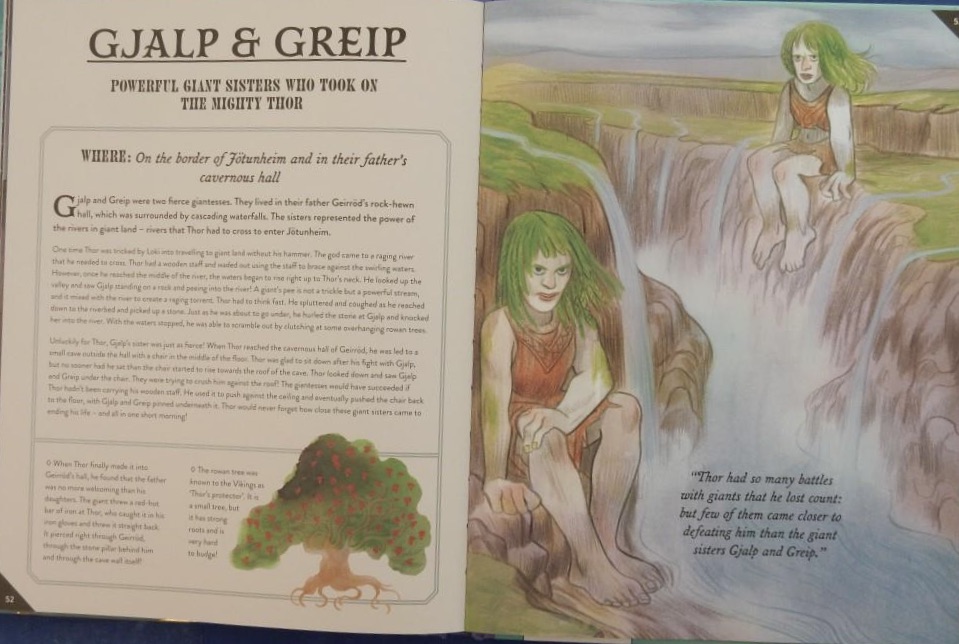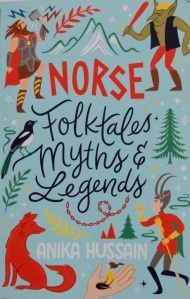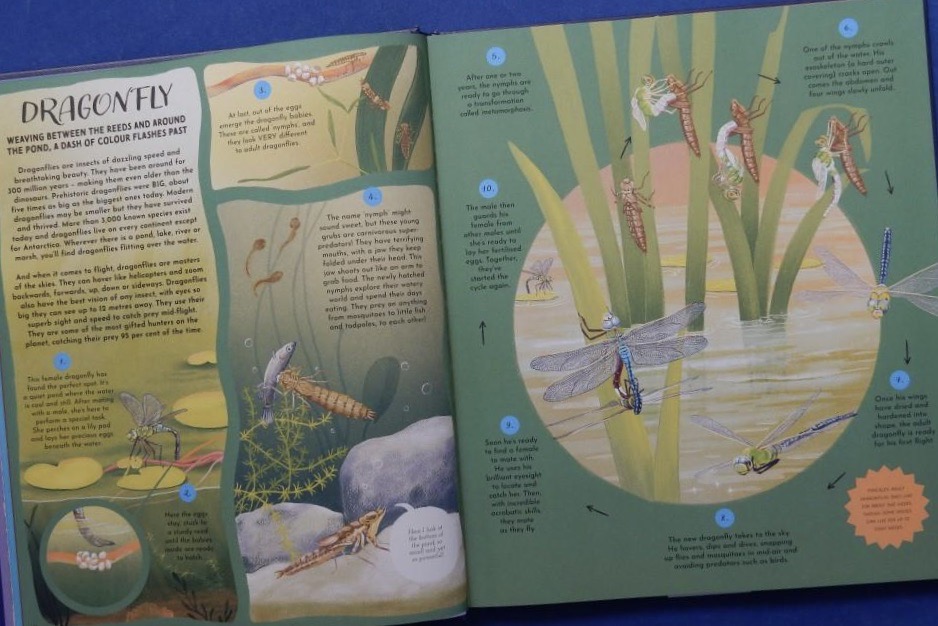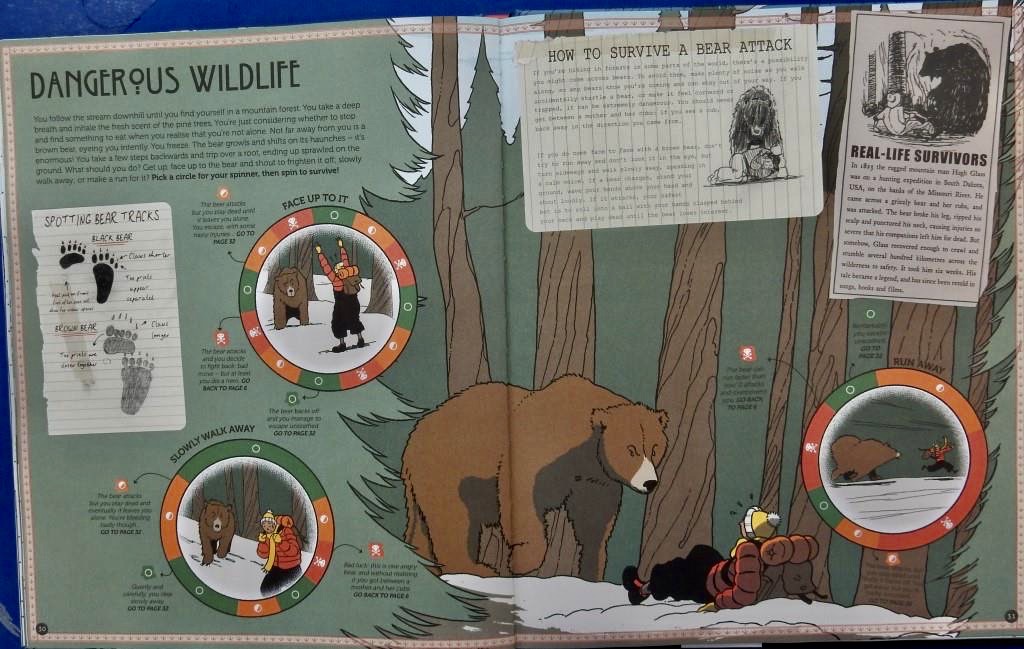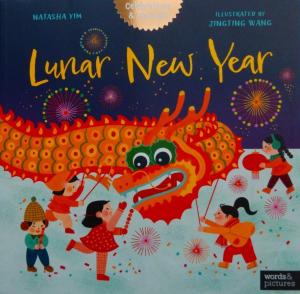
Lunar New Year
Natasha Yim and Jingting Wang
Words & Pictures
A special fifteen day holiday, the Lunar New Year, is fast approaching and young Ling, our narrator explains clearly the traditions she and her family follow. They clean the house thoroughly, “We sweep away bad luck and evil spirits, “ and polish the statue of the Kitchen God before painting honey onto his lips so he reports only sweet things to the heavenly Jade Emperor. The family fills their home with fragrant blooms; Ling makes special red signs to welcome visitors and it’s customary to wear new clothes, so they go shopping for those as well as red lanterns and favourite foods. The foods will be cooked and shared at the big New Year’s Eve family reunion dinner.
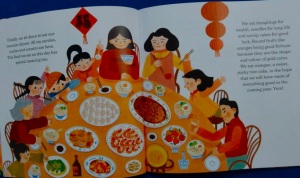
The symbolism behind each tradition is presented: “We eat dumplings for wealth, noodles for long life and turnip cakes for good luck …” Ling says. She also recounts the legend of the New Year beast and offers descriptions of the New Year’s parade, kite flying, and the Lantern Festival that ends the celebrations. Best of all though, Ling enjoys being surrounded by her family.
Jingting Wang’s illustrations are bursting with bold, brightly coloured images and back matter gives additional information on the history of the holiday, New Year greetings in Cantonese and Mandarin, information on the Chinese zodiac, riddles, a recipe for dumplings, how to make a lucky money envelope, examples of how Lunar New Year is observed in other cultures, and a quiz.
An accessible and broad introduction to an important holiday for many Asian cultures.
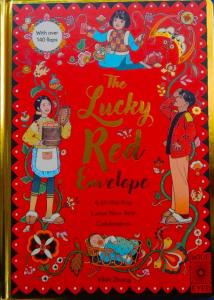
The Lucky Red Envelope
Vikki Zhang
Wide Eyed Editions
There are over 140 flaps to explore in this interactive, large format book with stiff card pages. It features Yue, her Mama and Baba and baby brother, Ru, for whom it’s his first ever New Year. By following what Yue and her family do each day in Vikki Zhang’s busy scenes as well as the written narrative, readers will learn the meaning behind the various objects and symbols. There are rich colours, gorgeous patterns and an abundance of detail to feast the eyes on at every turn of the page: the candles lit for the kitchen god, the offerings the family will make to their ancestors, the red wall and door hangings, as well as the food spread out ready for the family reunion dinner, Yue’s beautiful new red cheongsam,
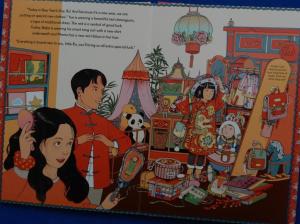
the lucky red envelopes containing money and finally, the lighted lanterns.
The main text is in paragraphs written in a lively style (it’s good to see an acknowledgement that “ People celebrate Lunar New Year differently in different countries”,) and smaller captions ask the reader to look for specific objects – the yin-yang symbol for example, or draw attention to particular symbols such as Yue’s traditional dress.
There are a dozen flaps on every double spread helping to ensure that this is a comprehensive look at the holiday and a book that children will want to immerse themselves in over and over.
Add both books to class libraries from foundation stage upwards.
